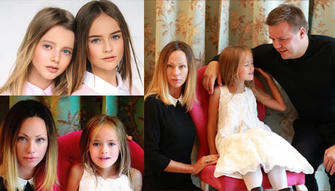A Complete Guide on How to Hold a Bird
Advertisement
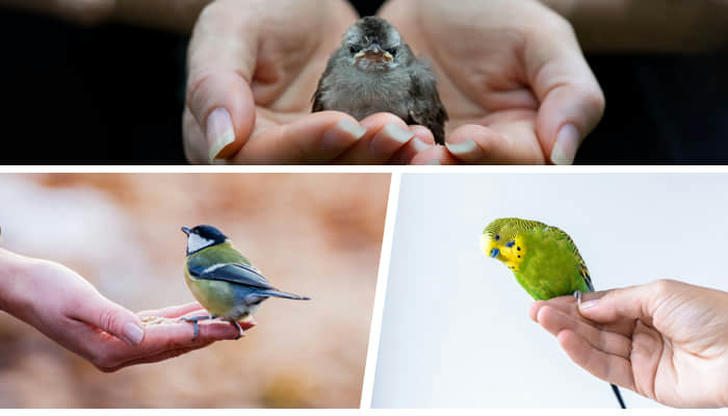
Taking care of your bird involves spending time together, but not all birds like being touched a lot. Some prefer playing without physical contact. Others might see you as a potential mate, so it's good to limit touching, especially during certain times. Some birds love head scratches and sitting with you for hours. To know what your bird likes, get to know them well.
When you bring a new bird home, set a routine you can stick to. Interact with your new bird as much as you plan to in the future. If you're thinking of spending an hour a day with your bird, start doing that from the beginning. Consistency is key to avoiding future frustration and stress.
Here are some tips on handling birds, like how to pet them and teach them to step up.
Understanding Bird Body Language
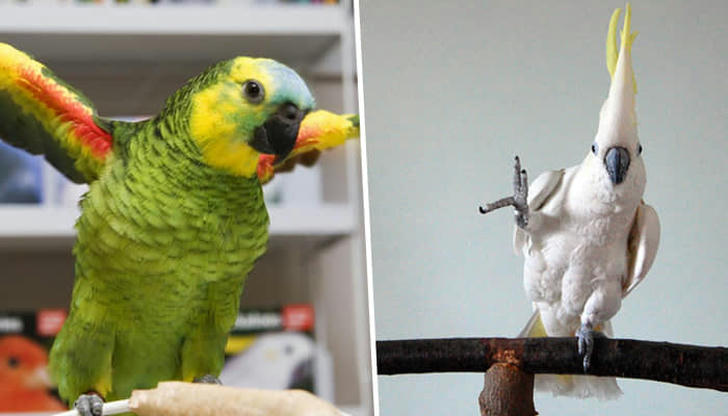
Wondering if your pet bird is okay with being picked up? Vocal sounds are just a small part of a bird's communication; most of it comes from their body language.
Bird body language can vary between species, like tail flaring and eye dilation in Amazons or crest expression in cockatoos. But remember, each bird is unique in how they express themselves. By observing different body language cues, you can figure out if a bird is responding positively or negatively to a situation.
For instance, quick changes in pupil size and a flared tail might mean excitement about their favorite person. However, if it's combined with an open beak and lunging, it could signal that the bird wants some space. Fluffed feathers might show contentment, but they could also indicate the bird is trying to look bigger and more threatening. If a bird lifts a foot, it might mean they don't want you to approach, or they could be ready to step up.
Biting is often a last resort for birds to express distress, so it's crucial to recognize other cues to avoid injuries and stress. Spend time with your bird, learn from experience, and do some research to understand their unique communication signals.
How to Teach a Bird to Step Up
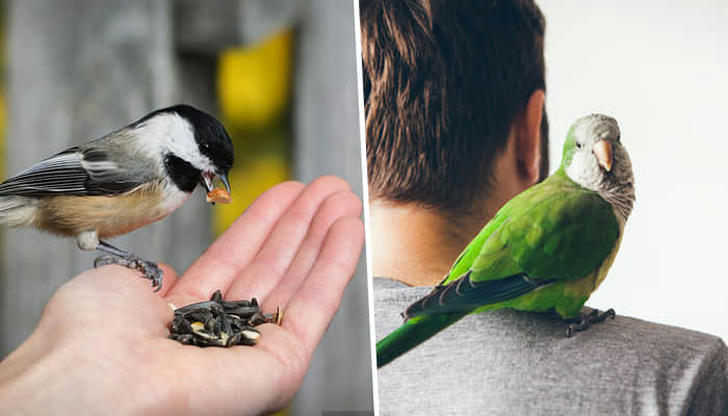
If you have a bird that doesn't know the step-up command or has never been handled this way, you'll need to start from the beginning to help them understand. The goal is to make stepping up a pleasant and rewarding experience. It's best to teach this outside of the cage, as the cage is your bird's home, and reaching into it might invade their personal space, especially if they don't trust you yet.
Here's a step-by-step guide:
Let the bird hang out on top of the cage: Place your arm on the cage top in front of the bird without moving it. Repeat this until the bird gets used to your arm being in their space.
Offer their favorite treat: Use your other hand to offer the bird's favorite treat in a way that makes them lean over your arm. Gradually move the treat farther away, encouraging the bird to step up onto your arm to get it. Reward them with praise and treats.
Practice without the cue: Repeat the exercise several times before introducing the "step up" cue.
Raise your arm: Once the bird is comfortable standing on your arm, raise it a few inches at a time until they respond to the "step up" cue.
If your bird is scared of human hands, you can teach them to step up on a towel or washcloth instead.
Take your time with these training steps and avoid rushing, as it can harm the trust you're building. Empower your birds by letting them make choices, which will strengthen your relationship. Rewarding desired behaviors with positive reinforcement, like treats, praise, or play, will likely make your bird more eager to interact with you.
How to Pet a Bird the Right Way
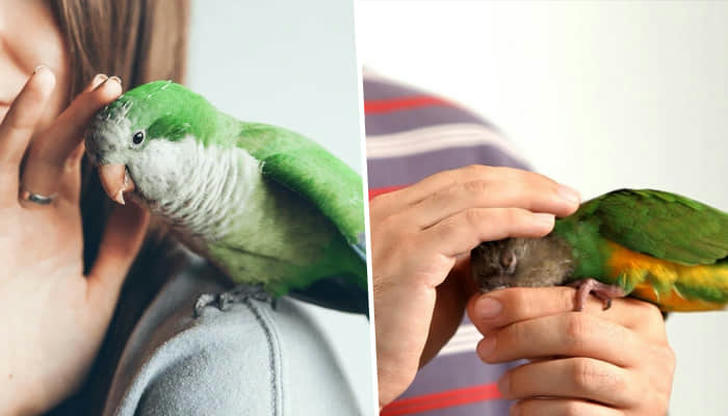
For a healthy bond with your bird and others, stick to petting the bird's head and feet, and ask others to do the same. This is because a bird's reproductive organs are under the wings on their back. If you stroke the entire body, you could unintentionally trigger the production of sexual hormones.
Avoid petting down the back or under the wings, as this can lead to a sexually frustrated bird or one that sees you as a mate instead of a companion. A mated bird may become possessive or jealous, causing issues in your home. It could also lead to excessive egg production, causing health problems.
On the positive side, besides the head, it's okay to handle your bird's feet. This is helpful for clipping their nails if they are used to it. The goal is to maintain a respectful companion relationship. Sometimes, birds may encourage inappropriate handling, so it's the human's responsibility to set healthy boundaries.
Caution in Handling Birds
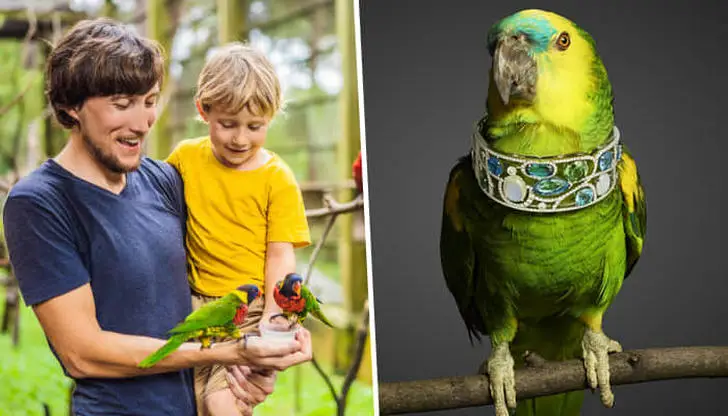
Birds are delicate and can easily get hurt if squeezed or handled roughly. It's especially important to be aware of this when there are children around, as they may not realize how fragile birds are. Teach kids how to pet and handle the bird gently to ensure both the bird's and the kids' safety. Parrots, in particular, have strong beaks that can cause painful bites, so always supervise interactions between kids and birds.
Another caution: Parrots are attracted to bright and shiny objects. If you wear jewelry, be prepared for them to try and play with it. This could result in damage to your accessories or the bird forcibly removing items like earrings. It's essential to understand your bird's behavior and only wear jewelry around them if you know they won't grab at it. Additionally, inform others around your bird about their jewelry to ensure a safe and positive bird-handling experience for everyone.

